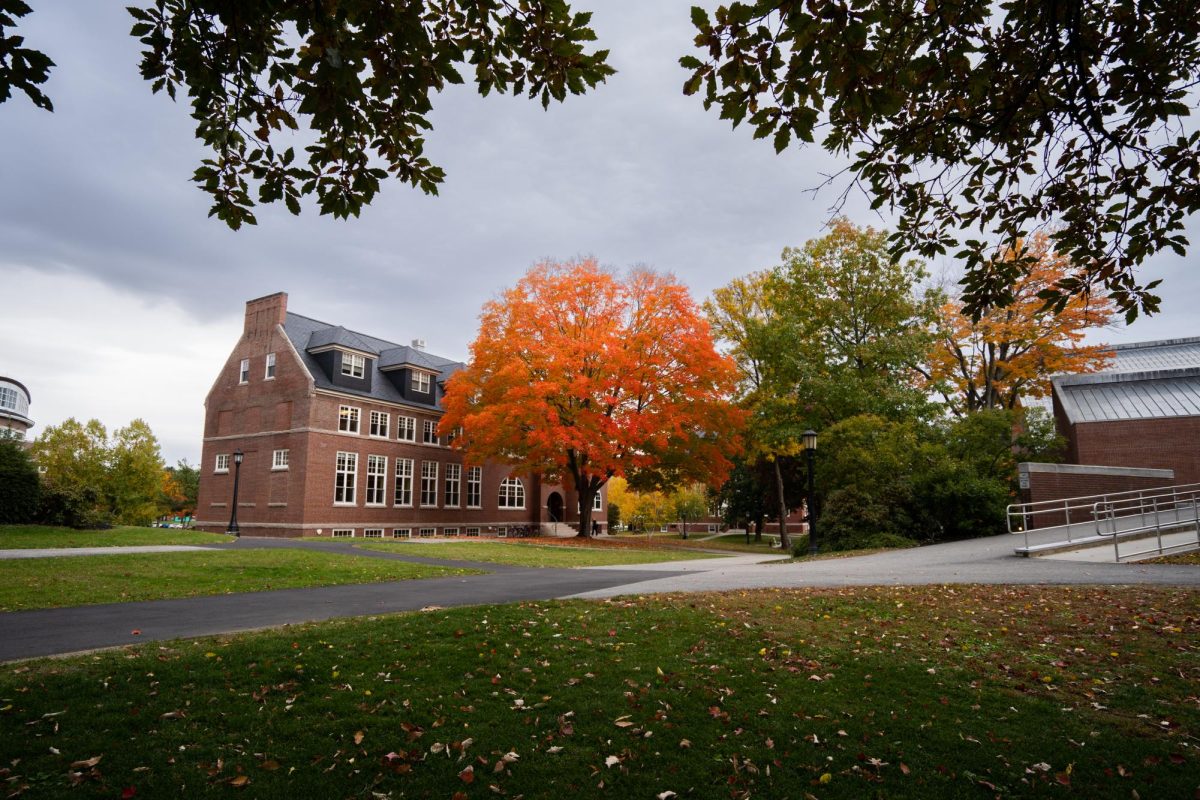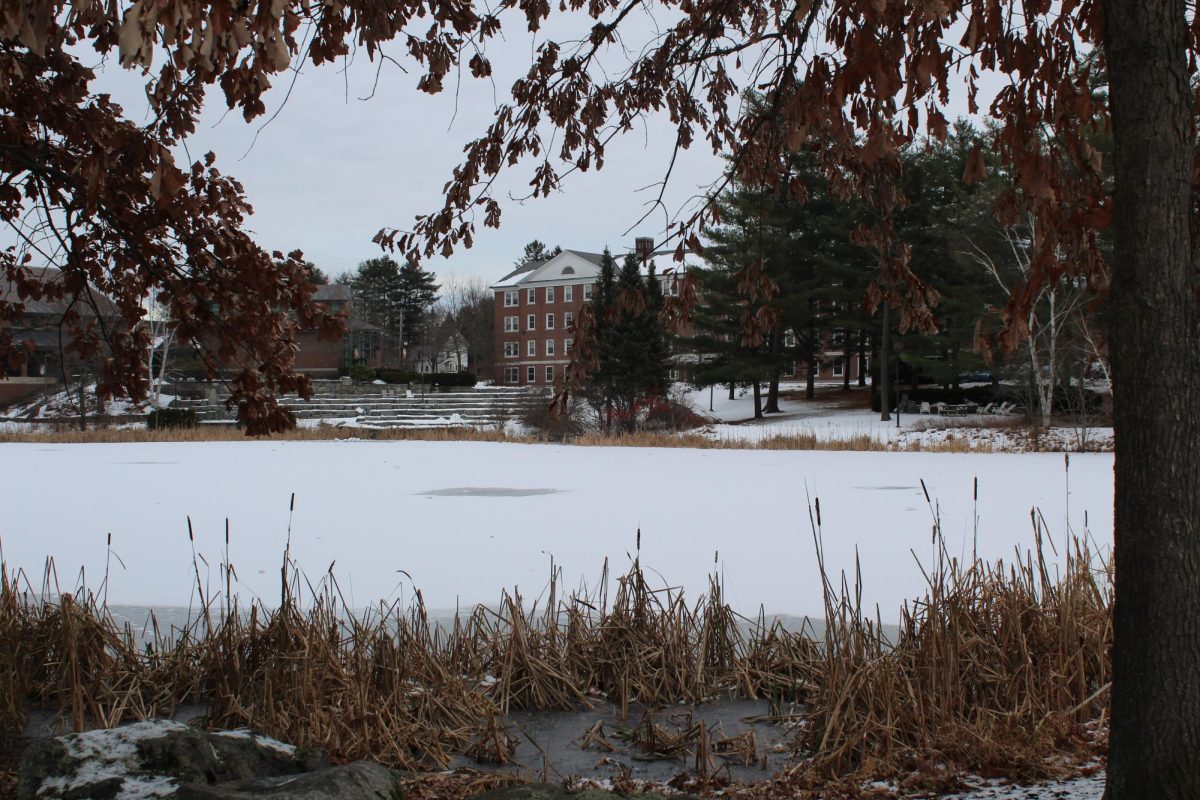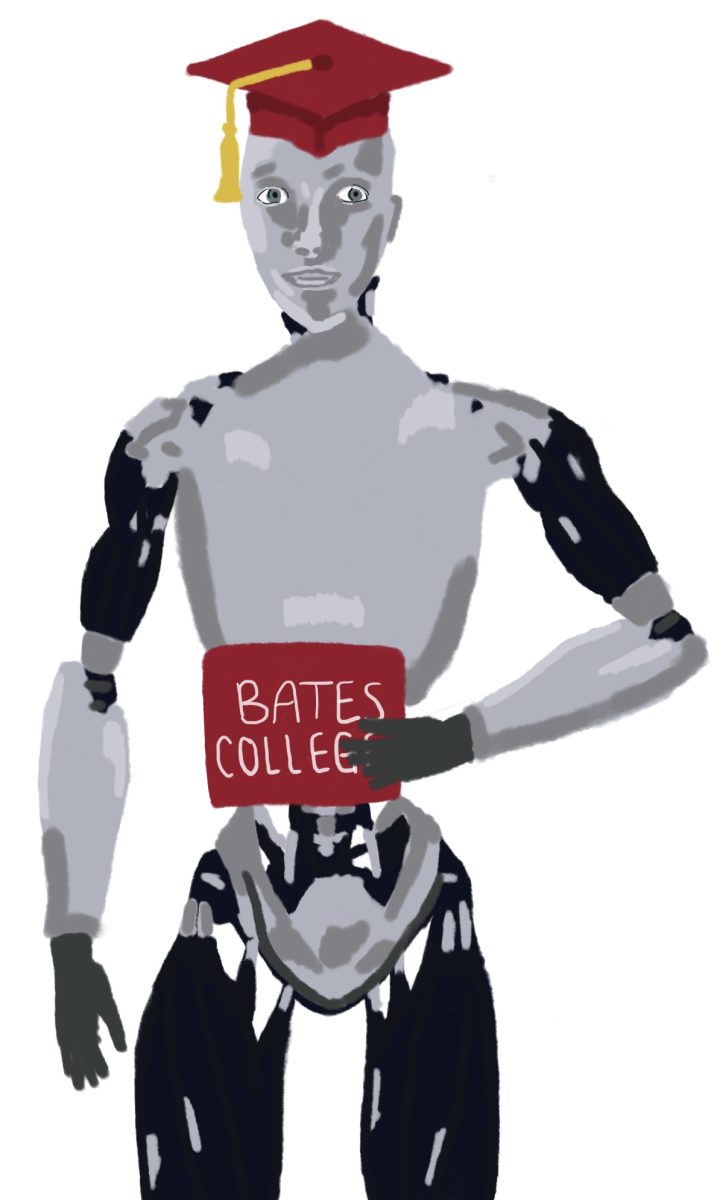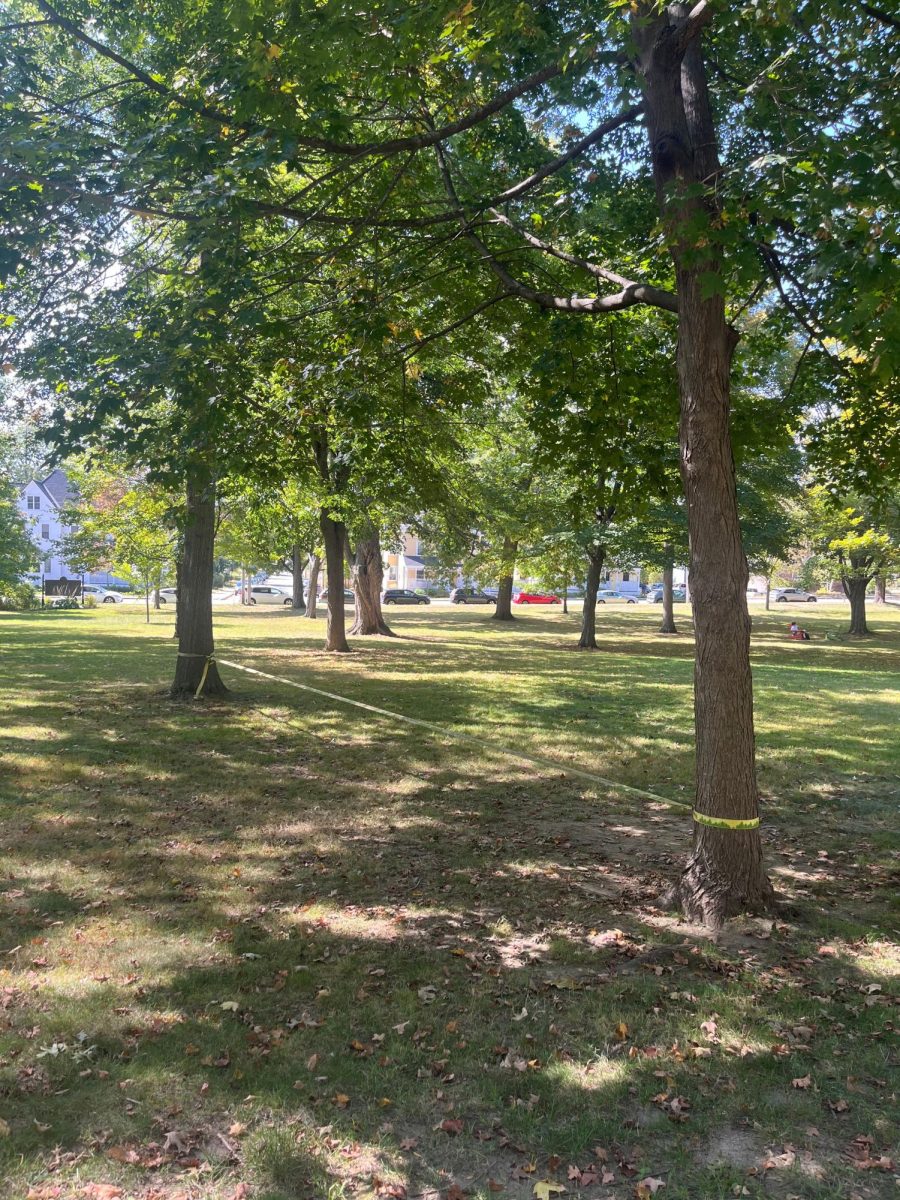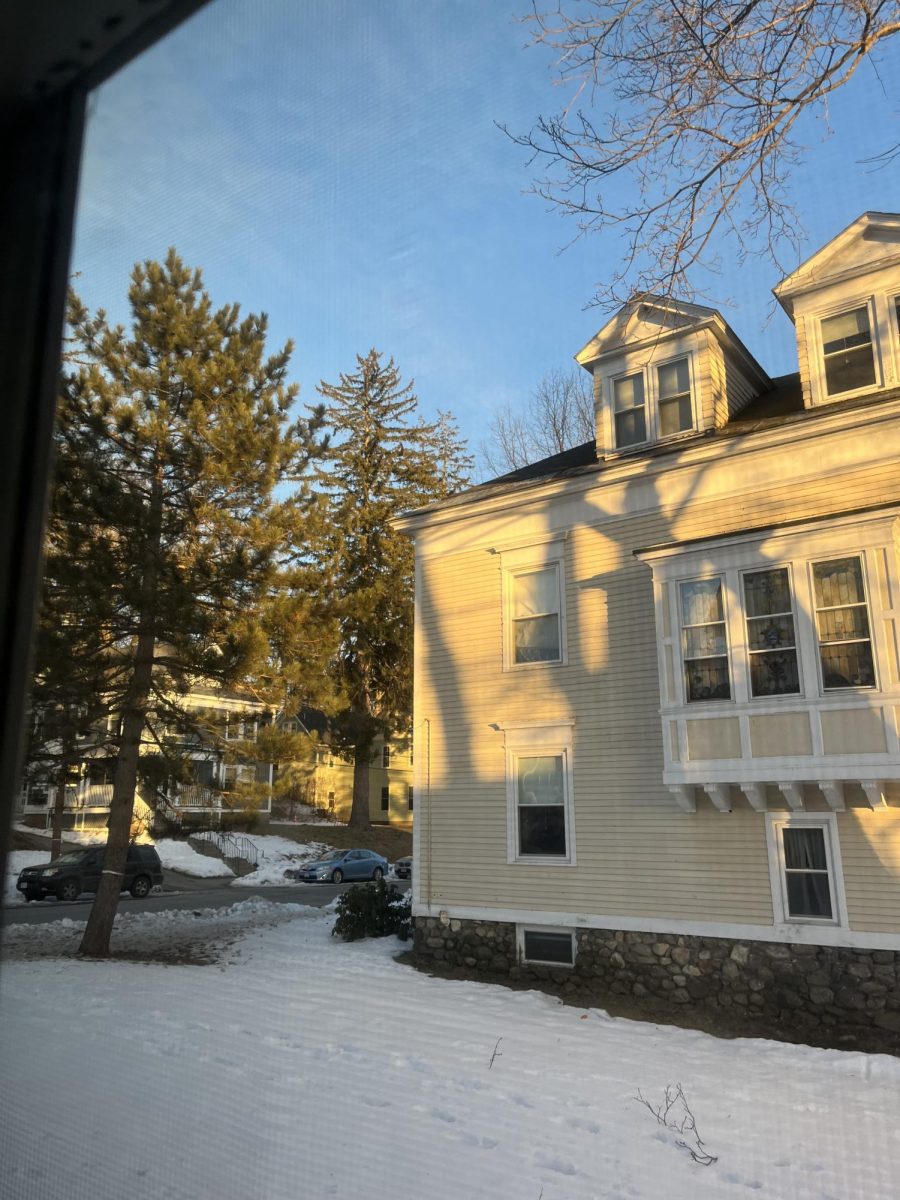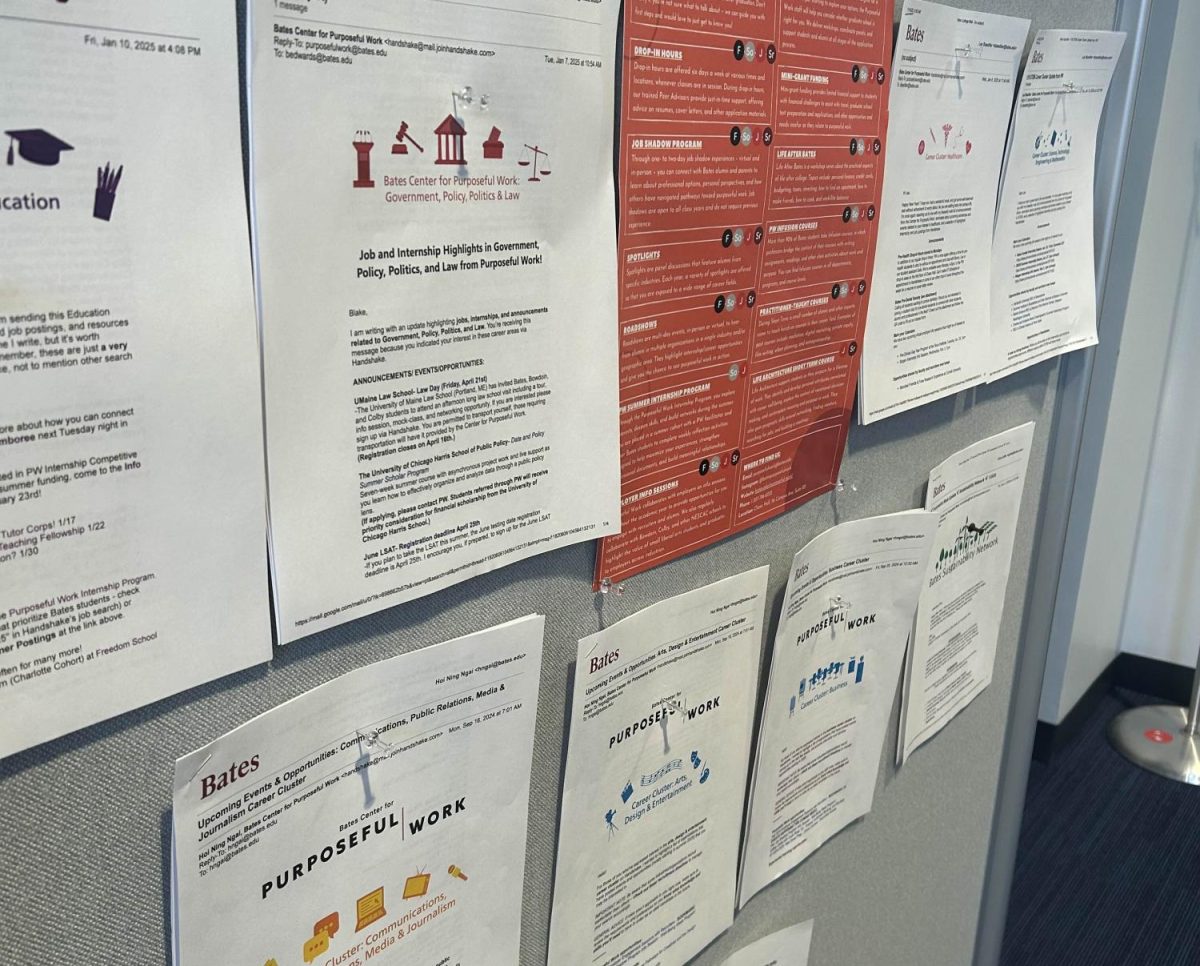U.S. News College Ranking recently released its annual ranking of colleges and universities, a highly anticipated list in higher education. This year’s ranking list was different from the past ranking. We can see several college’s ranks changed radically.
Several colleges affiliated with the University of California surged in rank, some advancing between 30 and 40 places. Conversely, Tufts University, which previously held a position around 30, slid to 40th place this year, even trailing Boston College. Additionally, the University of Rochester saw its ranking drop from around 35 positions to 47th place, and Brandeis University experienced a noteworthy decline, falling out of the top 50 colleges to the 60th position.
There were abundant unexpected changes throughout this year’s ranking list for colleges we knew its frequent ranking position before. According to the official website of the U.S. News, the year 2023’s ranking factors, First-year retention rates, graduation rate performance, Pell graduation rates & performance, first-generation graduation rates/performance and college grads earning more than a high school graduate were raised by its weight. However, factors including class size, the proportion of a school’s faculty with terminal degrees, alumni giving rate, graduates borrowing and high school class standing were eliminated from 2023’s ranking. Therefore, we can observe that the criteria ranking of universities is changing every year, making students choose a college that fits them best.
Certainly, ranking is the most direct way for students to identify how “good” a college is. We may even categorize colleges into several tiers, such as “top 30”, “top 50”, etc. However, suppose you find a university that fits you in many aspects, such as the location, demographics or atmosphere. In that case, this college’s rank has dropped several positions from last year. In this situation, are you still going to apply for it anyway? Or abandon it due to its dropped ranking? To answer this question, maybe we must calm down and think about the most original question: what kind of education do you want?
As a liberal arts college student, I would like to say that education should bring knowledge to enhance our academic performance and give us practical life experiences. In other words, knowledge is not only for studies because study contributes only part of our life, and the primary goal of knowledge is to help us live in this society. Therefore, the first aspect I believe we need to consider for education is the adaptation of liberal education or general education. The purpose of liberal education is to ensure you will have a cross-curriculum, interdisciplinary learning experience. However, its purpose is not to let you understand everything but not to let you not understand anything. Throughout liberal education, we are learning necessary skills from classes. These skills include critical thinking, time management, and other skills that benefit you now and in the future.
To determine the importance of liberal education, Bates faculties offered their opinion on this. Wesley Chaney, an Associate Professor in the history department and a graduate of Davidson College, a liberal arts college, believes that liberal education offers a transformative learning experience spanning diverse academic fields and should be accessible to all. Chaney initially chose his undergraduate life in a liberal arts college due to the demand for a place that is not easy to get lost in and to create a community quickly within the college. Here, he mentioned that liberal arts colleges can create an accessible community – he became capable of interacting with other students and professors easily. Chaney’s story leads to one crucial aspect of our education – class size.
Class size isn’t simply the number of students in a classroom; it also determines the amount of work a professor will do and their teaching pedagogy in class. If a class has about fifty students, a professor will spend more time reviewing assignments than with only 25 students. With fewer students in a class, a professor will also have more time for office hours saved from correcting students’ homework and making it easier to remember everyone’s name – increasing in-class interactions.
A small class will help students know more people from diverse backgrounds through manageable in-class discussions. With more office hours, students can also seek help from professors. When I was taking an East African History class with 23 students, my professor had his office hours twice a week. Whenever I wrote a paper, I went to his office hours. What was unexpected was that my professor read every single word of my paper, and carefully guided me to deliver ideas more clearly, as well as teaching me essential skills of using proper citations and explicitly structuring my paper. This experience proved that professors pay more attention to each student when a college has a small class size and a high faculty-student ratio. Therefore, class size is the criterion of how frequently students and professors interact. With small class size, students can receive more help from their professors.
However, others believe that liberal education is essential but not necessary for everyone. Anita Charles, Senior Lecturer in Education at Bates, believes that liberal education is moving learning into deeper strands of mindset, thinking, and even philosophy, which is a bit away from the real-life strand.
For students who are directly seeking a specific career or profession that needs more professional training and working experience, liberal education is not necessarily prioritized. Indeed, professional education and liberal education do not conflict. At Bates, we have Purposeful Work Center which provides students with opportunities for professional experiences that fit them the most. Whether the job opportunities are on-campus or off-campus, students can find the work they prefer based on their academic or future career interests while taking liberal education. In terms of seeking specific jobs for students in liberal arts colleges, professional education is still necessary, but it might not always be taught within academic settings. Therefore, a purposeful work center is where students develop their professional skills and liberal education.
Generally, when considering a college education, three key factors need to be considered: the liberal education that brings abilities beneficial to both academic and lifelong settings, a small class size that increases interaction between students and professors and considerable amounts of internships and job opportunities that cultivate students’ professional abilities. These three aspects provide a comfortable atmosphere for students’ academic development during college and cultivate the necessary abilities to be prepared to enter the society after graduation.


